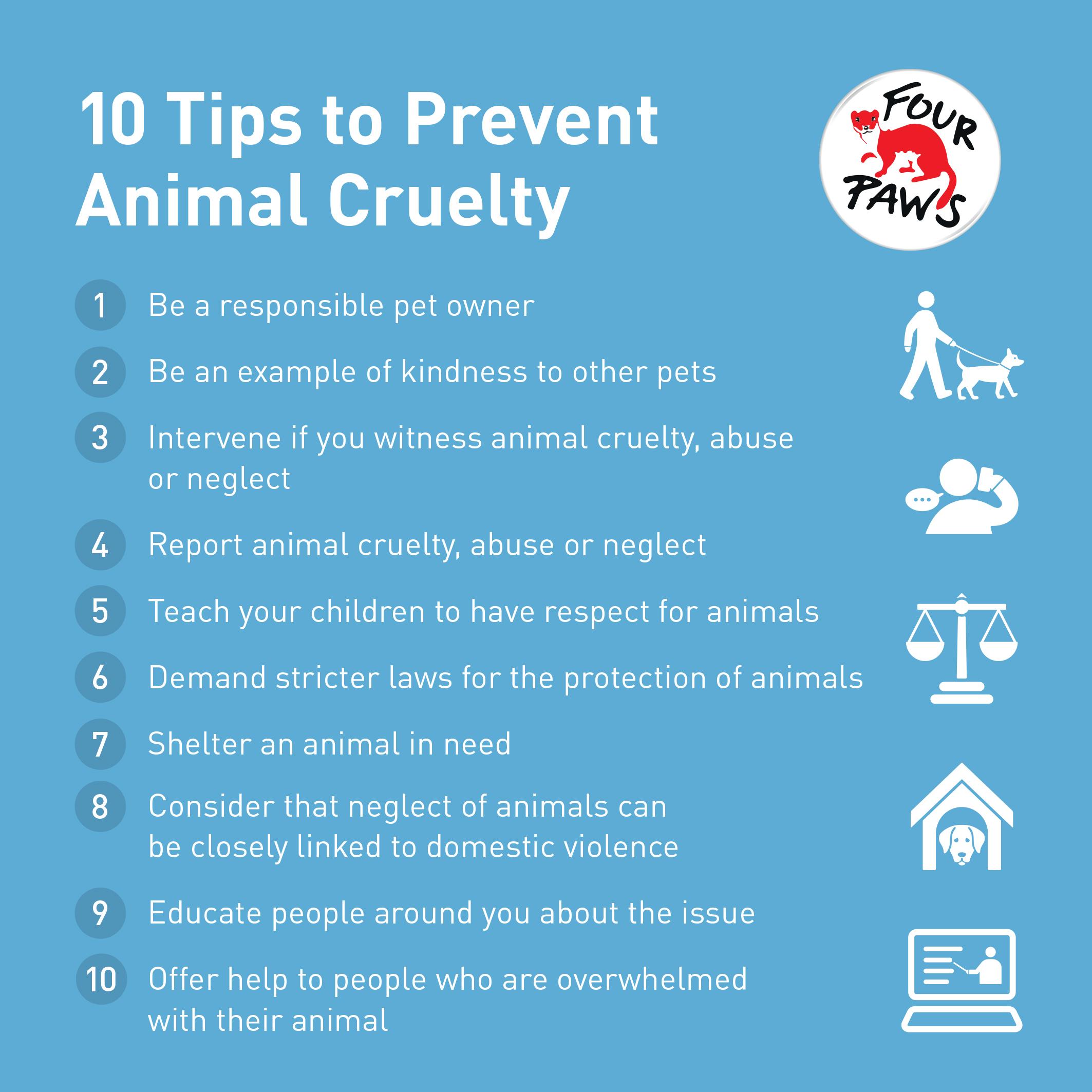In a world increasingly aware of ethical considerations, how do we navigate the labyrinth of animal welfare and protection? Does the thought ever cross your mind that the smallest actions can incite monumental change? The issue of cruelty towards animals and birds is not just a problem of an isolated few; it permeates various societal facets, calling for collective action. Here, we delve into ten practical ways each of us can contribute to alleviating this pervasive concern.
1. Educate Yourself and Others
Knowledge is the first step toward enlightenment. Understanding the various forms of animal cruelty—ranging from neglect to active abuse—enables individuals to recognize these behaviors in everyday life. This comprehension is not solely personal; it spills over into community conversations. Organize or participate in workshops and seminars in local neighborhoods, classrooms, or even online platforms. The more people shed light on animal welfare issues, the greater the potential for change.
2. Advocate for Stronger Laws
Legislation serves as a formidable shield for our vulnerable companions. Be an advocate for stronger animal protection laws by writing to your local representatives. Engage in campaigns focused on implementing stricter penalties for cruelty. Consider volunteering with organizations dedicated to legislative change, allowing your voice to echo through the corridors of power where decisions are made.
3. Support Animal Welfare Organizations
Many organizations tirelessly work to combat animal cruelty, rescue abused animals, and promote humane treatment. Supporting these organizations—through donations, volunteering time, or even attending fundraising events—significantly bolsters their efforts. Find a local shelter, a national organization, or even a global initiative that resonates with your values.
4. Choose Compassionate Products
Our purchasing decisions wield power. Every time we buy, we vote for the kind of industries we wish to support. Opt for cruelty-free and ethically sourced products. This may include cosmetics, clothing, and even food. Research brands committed to humane practices. Share this information with friends and family, compelling them to make more conscientious choices, fostering a ripple effect of compassion.
5. Foster Awareness through Social Media
In this digital age, social media can serve as a powerful tool for advocacy. Use platforms like Instagram, Twitter, and Facebook to share informative articles, heartwarming rescue stories, or urgent pleas from shelters. Begin conversations and encourage followers to reflect on their own relationship with animals. Every post can potentially educate a viewer and inspire them to take action.
6. Adopt, Don’t Shop
By opting to adopt animals from shelters rather than purchasing from breeders or pet stores, you not only give a homeless animal a second chance but also discourage the unethical practices often associated with breeding facilities. Visit local shelters and foster animals in need. Share the adoption journey on social media to inspire others to do the same.
7. Report Animal Cruelty
It is crucial to understand that awareness leads to action. If you witness or suspect animal cruelty in any form, report it to the appropriate authorities immediately. This might include local law enforcement, animal control, or humane societies. Your vigilance can be the first line of defense for an innocent creature in peril. Be the voice they cannot articulate for themselves.
8. Encourage Responsible Pet Ownership
Part of combating animal cruelty entails promoting responsible pet ownership. Speak to friends or community members about the responsibilities that accompany having a pet. Regular veterinary check-ups, proper nutrition, and ample exercise are vital components of ensuring a pet’s well-being. Offering assistance to first-time pet owners can foster a community that prioritizes humane treatment.
9. Participate in Local Events
Whether it’s a fundraiser for an animal shelter, a rally for animal rights, or a community clean-up day at a local park, participating in such events can elevate awareness and demonstrate your commitment to animal welfare. These gatherings often facilitate networking, allowing individuals to connect with like-minded people. Collaboration can amplify efforts and lead to more effective advocacy.
10. Engage Children in Animal Care
Inculcating respect for animals in young hearts is a preemptive approach to reducing future cruelty. Teach children the importance of kindness toward animals from an early age. Involve them in activities like volunteering at shelters, caring for family pets, or even engaging in educational programs about wildlife. As future caretakers of this planet, their attitudes will shape societal norms.
Ultimately, combating cruelty against animals and birds requires a multifaceted approach, reliant on each person’s unique contributions and perspectives. It is a profound challenge that calls for empathy, activism, and unwavering commitment. As each of us takes even a single step towards compassion, we weave a stronger, more protective tapestry for our fellow creatures. Are you ready to embrace this responsibility and be a catalyst for change?








